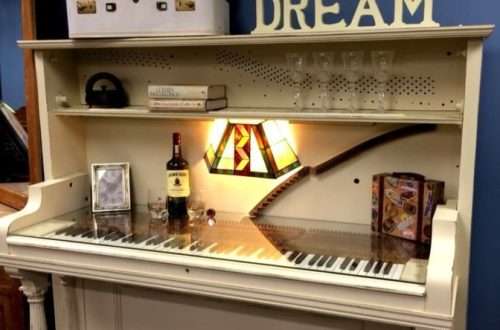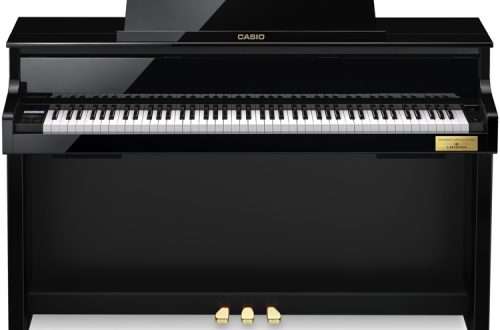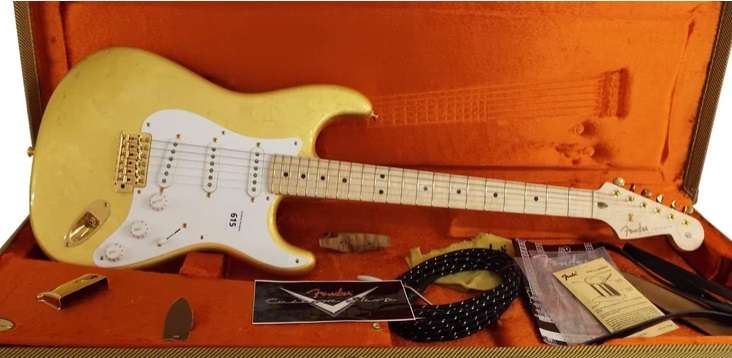
How to choose a harmonica
Contents
The harmonica (colloquial “(mouth) harmonica”, harp (from the English harmonica)) is a common reed musical instrument. Inside the harmonica are copper plates (reeds) that vibrate in the air stream created by the musician. Unlike other reed musical instruments, the harmonica does not have a keyboard. Instead of a keyboard, the tongue and lips are used to select a hole (usually arranged in a linear fashion) corresponding to the desired note.
The harmonica is most often used in music such as blues , folk , bluegrass , blues -rock, country , jazz , pop, various genres of folk music.
A musician playing the harmonica is called a harper.
In this article, the experts of the store “Student” will tell you how to choose the harmonica that you need, and not overpay at the same time.
Harmonica device
The harmonica consists of two plates with reeds (shown in the figure below). The upper plate contains tongues that work when exhaling (blowing air into the holes), and the lower one – when inhaling ( pulling air out of the holes). The plates are attached to the comb (body) and covered with the top and bottom covers of the body, respectively. Each plate has slots of different lengths, but on each plate the slots located one above the other are equal in length. The air flow passes over the tabs above or below the slots in the comb and causes the corresponding tabs of the top or bottom plate to vibrate. Due to this design of the reeds, the harmonica is classified as a reed instrument with a free reed.
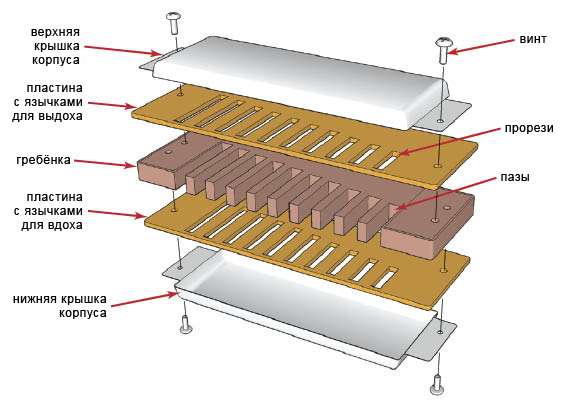
The figure above shows the arrangement of the harmonica in its normal position . Please note that the illustration does not show the tabs. Both plates have their tongues pointing down (pictured below), so when assembled the top plate’s tongues point inward into the comb grooves and the bottom plate’s tongues outward.
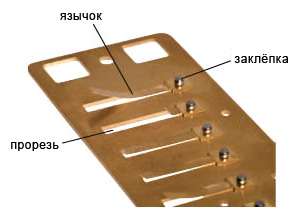
The vibration of the reeds is due to the air stream directed into (or out of) the case. However, one should not think that the sound occurs when the reed hits the plate – they do not touch each other. The gap between the slots and the corresponding tongues is small, so the tongue falls into the slot during vibration, and the passage for the direct movement of the air jet is temporarily blocked. As the tongue moves in one direction or another, the path for air is freed. Therefore, the sound of a harmonica depends, first of all, on the vibration of the air jet.
Types of harmonicas
Three types of harmonicas are the most popular :
- diatonic ( blues )
- chromatic
- tremolo
Tremolo harmonicas
In such harmonicas, on each note, the two sound reeds are slightly out of tune relative to each other, thereby achieving a tremolo effect . On such harmonicas, only the sounds of “white piano keys” are present and there is not a single black key. This harmonica is quite primitive, it is very easy to learn to play it for anyone who has even the slightest hearing. And at the same time, it is very limited in terms of possibilities due to the large shortage of missing notes. By choosing a tremolo harmonica , you can only play simple children’s melodies, Russian and Ukrainian folk songs can “lay down” well, and, perhaps, the anthems of some countries – and, unfortunately, that’s all.
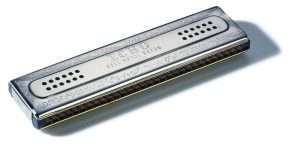
Tremolo harmonica.
Chromatic harmonicas
On the contrary, they have all-all sounds of the chromatic scale (all white and black piano keys). On chromatic harmonicas, as a rule, you can play complex classical pieces, jazz music, but here it is important to have a good musical education, be able to read sheet music and have a good training in diatonic harmonica. Almost all harmonica players who play the chromatic harmonica start with the diatonic harmonica, since some techniques and skills, such as beautiful vibrato, or bending (which theoretically cannot be done on a chromatic harmonica, but are used constantly in practice) can be well honed precisely on a diatonic harmonica without damaging the reeds of the instrument.
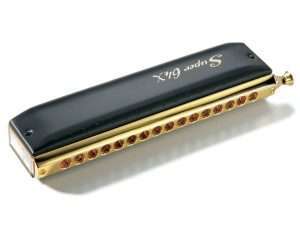
Chromatic harmonica
Diatonic harmonica
This is the most popular harmonica. An instrument that can be played with any kind of music, in any style, and the sound of which is very rich and thick when compared to the harmonicas described above. All notes are present, but you need to acquire certain skills to play this instrument. This harmonica is also called a blues harmonica, but this does not mean that only blues can be played on it . It just became very popular in the era of the active development of blues music, where it fits perfectly.

Diatonic harmonica
Tips from the store “Student” in choosing a harmonica
- Don’t buy an expensive accordion right away . In the process of mastering various tricks of the game (such as bending ) there is a high chance of breaking the tongues;
- some popular types of harmonicas are difficult for beginners and need to be “brought” to working condition;
- buying a cheap harmonica can also complicate the learning process;
- when buying a diatonic harmonica, it is better to buy harmonicas in the key of C-major , since it is in the middle of the musical range of a and most teaching schools are written for this key;
- directly when buying in a store, check all the holes for inhalation and exhalation. If you have mastered the bands , check them out as well;
- if the harmonica suits you, but doesn’t build a little , it’s not scary. It can be adjusted.
How to choose a harmonica



